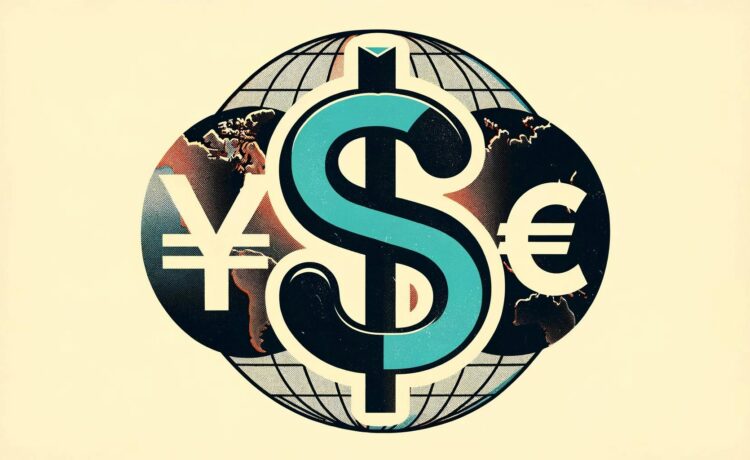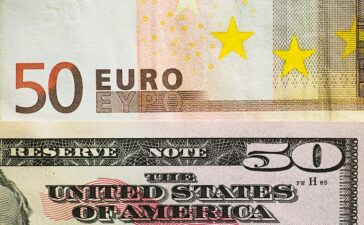What’s going on here?
The US dollar is holding its ground at seven-week highs against major currencies, as investors weigh the impacts of interest rate expectations, Middle Eastern conflicts, and China’s economic outlook.
What does this mean?
Investors are laser-focused on the Federal Reserve’s next steps, with a 90% chance foreseen for a 25 basis points rate cut in November, after September’s 50 basis points hike. This outlook has bolstered the dollar, keeping it strong against the euro and British pound, both making only slight gains. Meanwhile, geopolitical tensions are lending strength to the Japanese yen as a safe haven, though there’s wariness about the Bank of Japan’s future rate hikes impacting the yen. While G10 currencies show modest increases, the dollar’s gains against the Canadian and Australian dollars highlight changing global currency trends.
Why should I care?
For markets: Rates, risks, and realignments impact currency stability.
Markets are anticipating less aggressive Federal Reserve actions, mirrored by stable sentiment around the benchmark 10-year US Treasury yields above 4%. Expectations for rate cuts have adjusted from over 70 basis points to around 50 by December, signaling a shift in sentiment influencing global currency strategies. The yen benefits slightly from its safe-haven status amid geopolitical issues, underscoring the dynamic between rate expectations and geopolitical tensions.
The bigger picture: Global uncertainties shape economic outlooks.
Ongoing geopolitical tensions and China’s opaque economic policies are prompting a reevaluation of global market strategies. With waning optimism in Chinese stocks and geopolitical concerns looming over markets, currencies like the yuan are under pressure. Meanwhile, softer US consumer price index data might ease pressure on the Fed, potentially limiting further dollar gains, as noted by analysts at Swissquote Bank. The intricate web of global uncertainties continues to shape currency movements and market forecasts.

















